With the festive season rolling around the corner, the thought of selecting the perfect Christmas tree, adorning it lovingly, and ensuring it remains in its most impressive form can be both exciting and challenging. This comprehensive guide shares a wealth of knowledge in understanding the complexities and nuances, along with the joy and satisfaction that comes with owning a Christmas tree. From selecting the most suitable variant from a plethora of options, be it real or artificial, to understanding how to tastefully decorate it, and further caring for it in the healthiest and safest way. You, the reader, can embark on a journey to create a harmonious and festive focal point tailored to your home’s environment, personal tastes, and safety considerations.
Choosing the Right Christmas Tree
Why Choose Real Christmas Trees
Real Christmas trees provide a traditional feel and a fresh, pine scent that’s irreplaceable. The most common types include Douglas Fir, Frasier Fir, Scotch Pine, and Blue Spruce. Each type offers a unique look, needle retention, and scent. Douglas Fir is known for its pyramidal shape and dark green-blue needles, while Frasier Fir boasts strong branches that can hold heavier ornaments. Scotch Pine remains fresh for long periods, and Blue Spruce impresses with its silver-blue needles.
Selecting Artificial Christmas Trees
Artificial Christmas trees come in various shapes, heights, and colors. They’re made from PVC, PE, tinsel, fiber-optic technology, and other materials. They can be pre-lit for convenience, with LED or incandescent bulbs. Styles range from full looks like Balsam Fir Artificial Christmas trees to slim or pencil designs like Treetopia’s Balsam Spruce. Special feature trees are also available, such as snow-dusted, flocked, or frosted designs that create a winter wonderland atmosphere.
Assessing the Size and Space for the Tree
Choosing the right size tree is crucial. Measure your ceiling height and the area where you plan to place your tree before purchasing. This will help you determine the best shape for your space. If you have tall ceilings and ample space, full-sized, 7-7.5 ft trees would work well. On the other hand, if your space is limited, a slender or tabletop tree might be the best option.
Choosing According to Home Environment
When choosing a Christmas tree, consider the specific environment of your home. If you have children or pets, pick a tree with soft needles, like a Douglas Fir or a Spruce. If you or a family member has allergies, an artificial tree would be a safer choice.
Matching Personal Preferences
Consider your personal preference in terms of aesthetics and maintenance. If you keen on recycling and solid waste reduction, a live Christmas tree would be a good fit. For those who love decorating, a sturdy tree like the Frasier Fir, or a pre-lit artificial tree might be more suitable. Also, consider color — some prefer the vibrant green of Douglas Fir, while others fall for the blue-green hue of Blue Spruce.
Remember, whether you go for a real or an artificial tree, the purpose is to create the warm, celebratory spirit of Christmas at home.
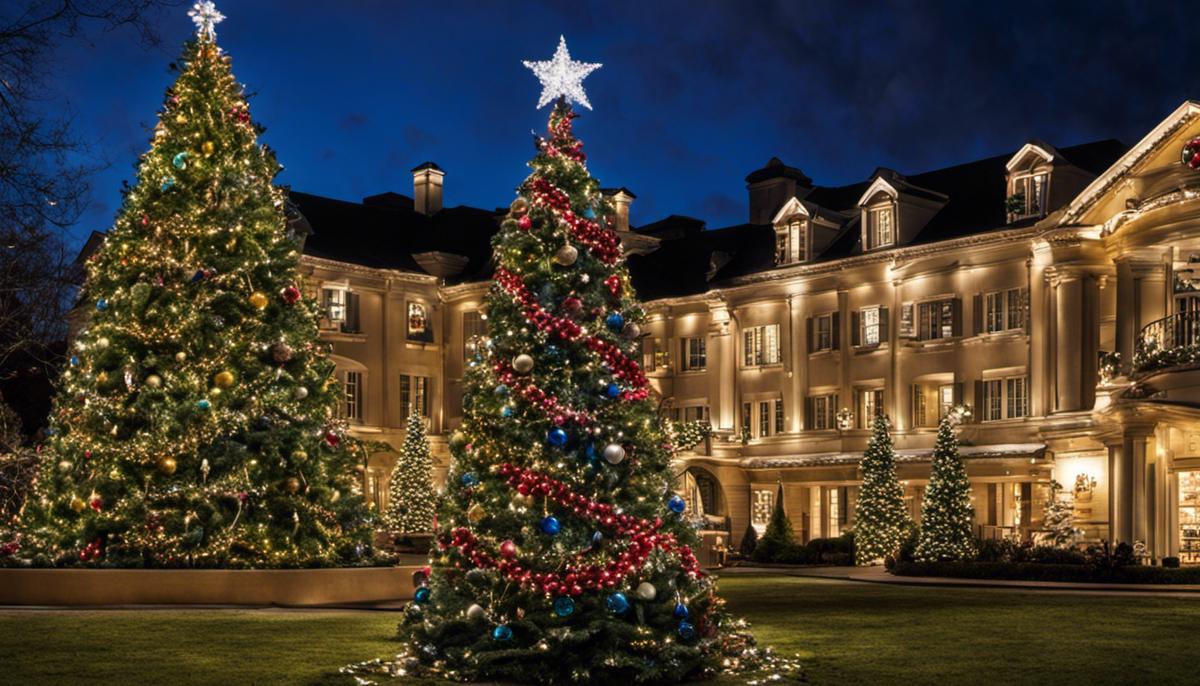
Tree Decoration Techniques
Exploring Tree Decoration Styles and Ideas
When it comes to decorating Christmas trees, there are countless styles and ideas to explore. From traditional to modern, minimalist to maximalist, there is a style for everyone to showcase their personality or blend with their home decor. Some popular styles include the rustic look with wooden ornaments, faux fur garland, and earthy tones. There’s the elegant style that uses a palette of white, silver, gold, and crystal ornaments. Other options include the fun and playful style featuring pop-culture ornaments, bright colors, and unique garlands.
Understanding Different Types of Ornaments
Christmas tree ornaments come in a wide array of types and styles. They typically consist of traditional glass balls in various sizes and colors. There are also themed ornaments, like snowflakes, stars, bells, angels, Santas, and more. You might also find personalized ornaments, which can be anything from a family photo to a baby’s first Christmas ornament. Also, DIY ornaments are quite popular. These can be as simple as pinecone ornaments, homemade salt dough shapes, or intricate cross-stitch patterns.
Exploring Garlands for Your Tree
Garlands are strands or strings often used to wrap around the Christmas tree for added dimension and texture. The most traditional garland is the tinsel strand, available in various metallic colors. Other types include bead garlands, popcorn and cranberry strings, ribbon garlands, paper chain garlands, and lighted garlands. A recent trend also points towards using natural elements as garlands like dried orange slices or cinnamon sticks.
Mastering Lighting Techniques
Lighting is a significant aspect of Christmas tree decoration. Traditional incandescent string lights remain popular, but energy-efficient LED lights are gaining traction because they come in various shapes, sizes, and colors. A general rule of thumb is to use 100 lights for every foot of your tree. However, if you want your tree gleaming, use double that amount. It’s also crucial to start from the inside and work your way out for a 3-D lighting effect.
Effective Placement of Decorations
When it comes to placing the decorations on your tree effectively, begin with the lights. Start from the top and wind them around your tree evenly. Once the lights are in place, hang your garlands or tinsel. Again, start from the top and go downward in a spiral. Lastly, place your ornaments. Be sure to distribute them evenly around the tree, blending colors and shapes for variety. Bigger ornaments should go towards the base, and smaller ones closer to the top. Don’t forget to decorate all sides of the tree, not just the front.
Remember, the key is to have fun and express yourself through your tree decorations. Use these tips as a starting point, but let your creativity shine through in your unique tree design.
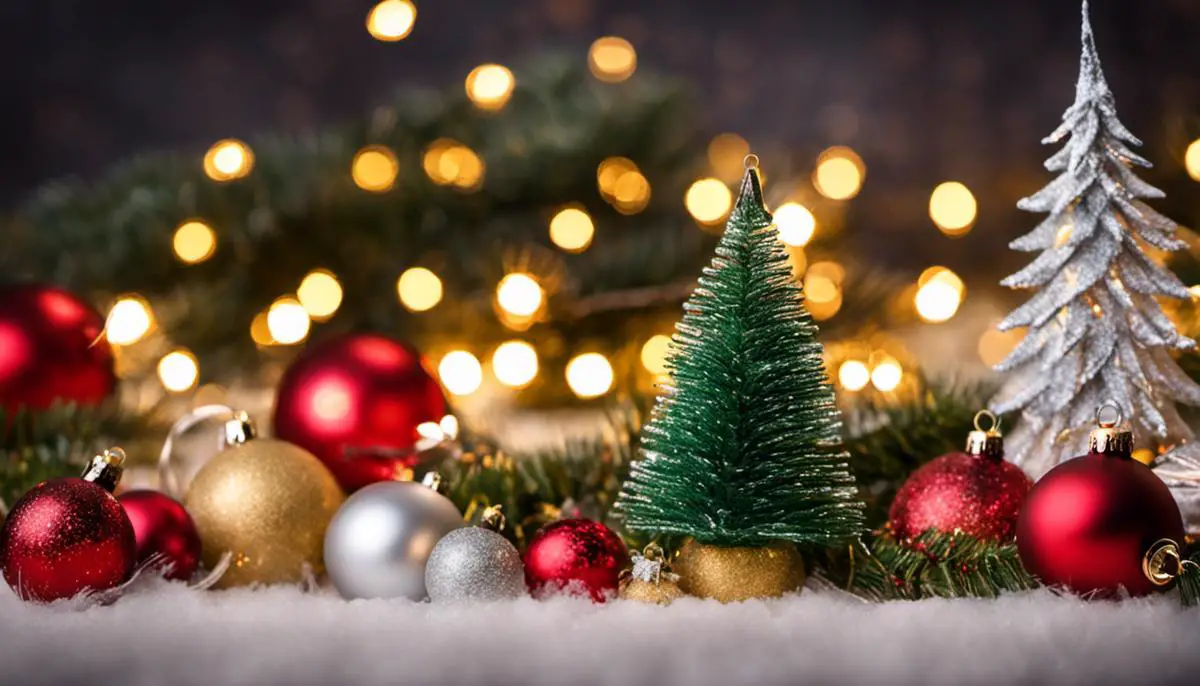
Tree Maintenance and Safety
Understanding Your Christmas Tree Needs
A key aspect of caring for your Christmas tree, especially if it’s real, is watering. Just like other live plants, Christmas trees require a consistent supply of water. Make sure to check the water level daily and keep it filled to the tree’s base. A general rule is to use a quart of water per inch of the trunk diameter. When your tree is fresh and properly watered, it drops fewer needles and poses less of a fire hazard.
Keeping Your Tree from Heat Sources
Another vital tip is to place your Christmas tree away from heat sources. Heat sources such as fireplaces, radiators, heating vents, and even direct sunlight can quickly dry out your tree, making it a fire hazard. A dried-out tree can ignite quicker than newspapers, putting your home and family at risk.
Preventing Potential Christmas Tree Accidents
To prevent any potential accidents, make sure your Christmas tree is strongly fastened to the stand and choose a location away from high traffic areas where it could be knocked over. When decorating your tree, use lights that have been tested for safety and avoid overloading multiple extension cords. Keep your tree at least three feet away from any ignited candle.
Eco-Friendly Disposal Methods
After the holidays, you need to figure out what to do with your tree. One eco-friendly way of disposing of your Christmas tree is recycling it into mulch, which you can use in your garden. Many localities offer curbside tree recycling programs, typically in the first two weeks of January. You might also consider donating your tree to a local farm or zoo, as goats have a penchant for munching on pine trees. Alternatively, check with your local community if there is a lake where your tree can be recycled into a fish sanctuary.
It’s essential to never burn your Christmas tree in a stove or fireplace, as it can cause creosote buildup, a highly flammable and dangerous substance. Always remove the tree from your house when it begins dropping needles. Dried-out trees are a fire danger and should not be left in the house or garage, or leaning against the house.
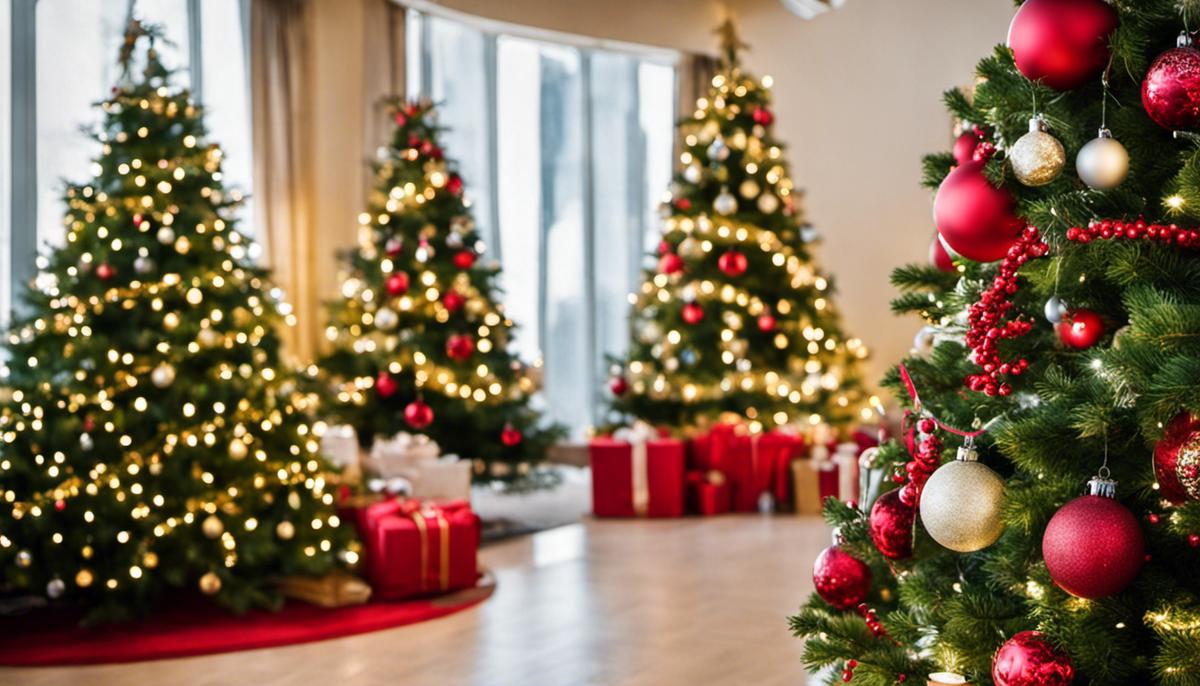
Navigating the festive season with the right information can amplify the spirit of joy, warmth, and celebration. The process of selecting the perfect Christmas tree, creatively embellishing it, and maintaining its intrinsic beauty is a synthesis of knowledge, personal taste, and environmental consciousness. By embracing these aspects, you will not only augment the festive spirit in your house, but also become a more informed, responsible, and connected participant in this age-old tradition. Remember, each Christmas tree, like each home, is unique. Celebrate this uniqueness, protect it with the right knowledge, and the glow of your Christmas tree will enrich your holiday season beyond measure.

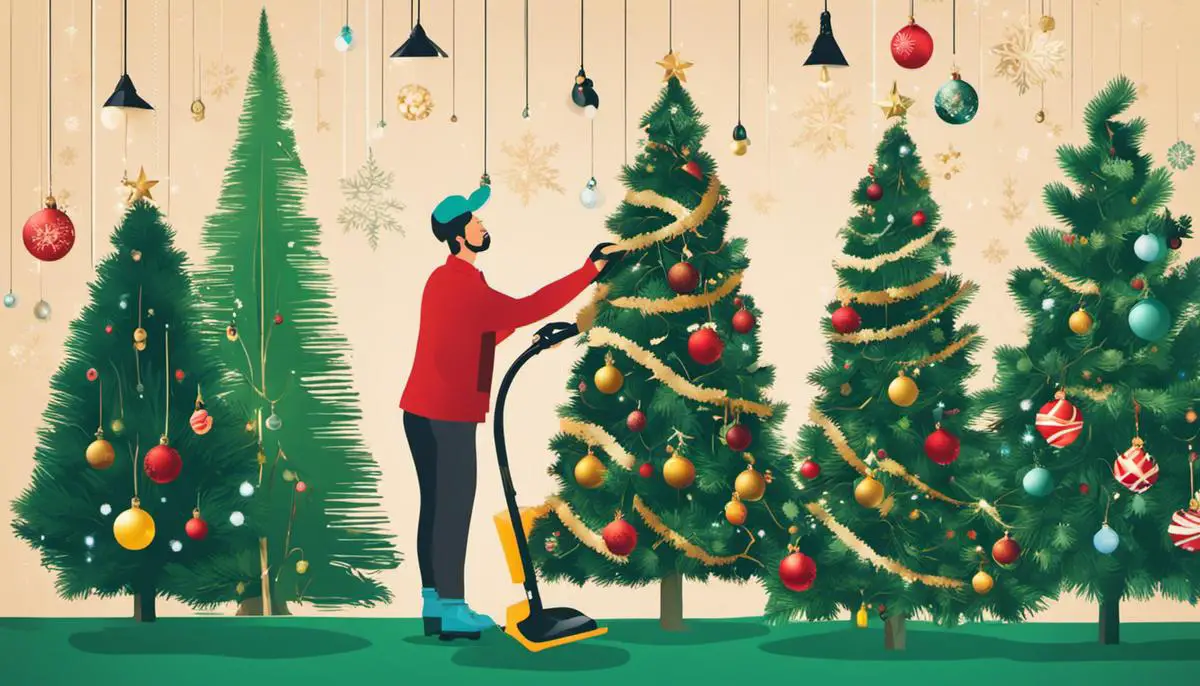
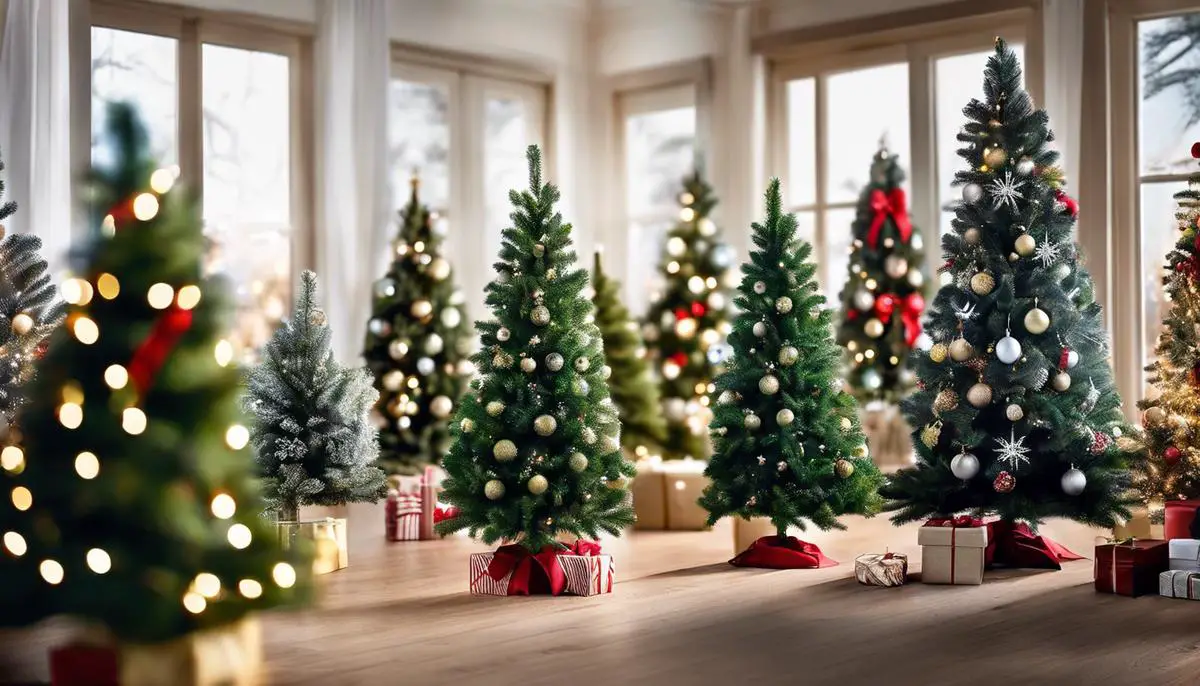
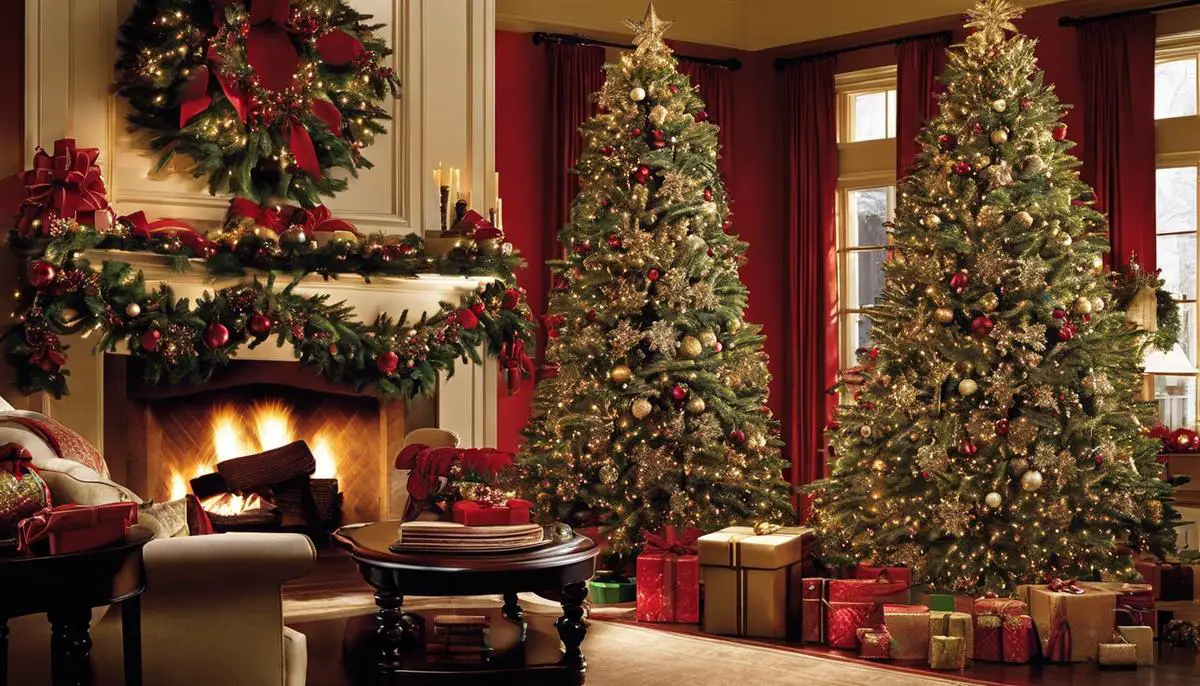
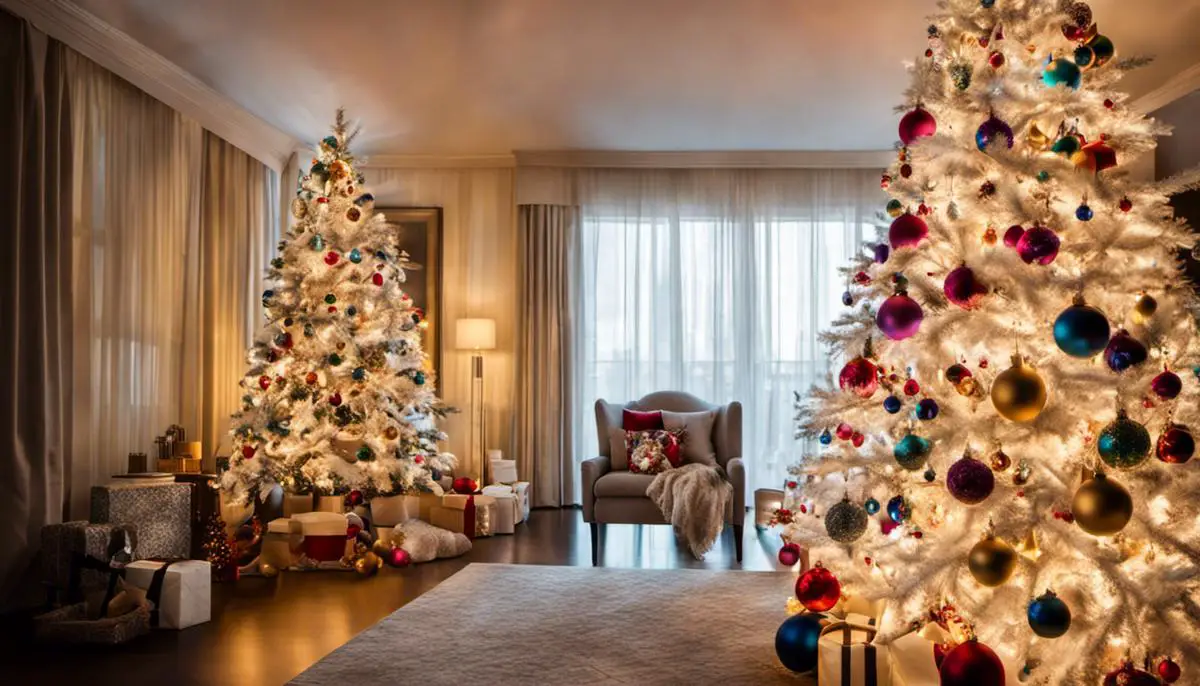
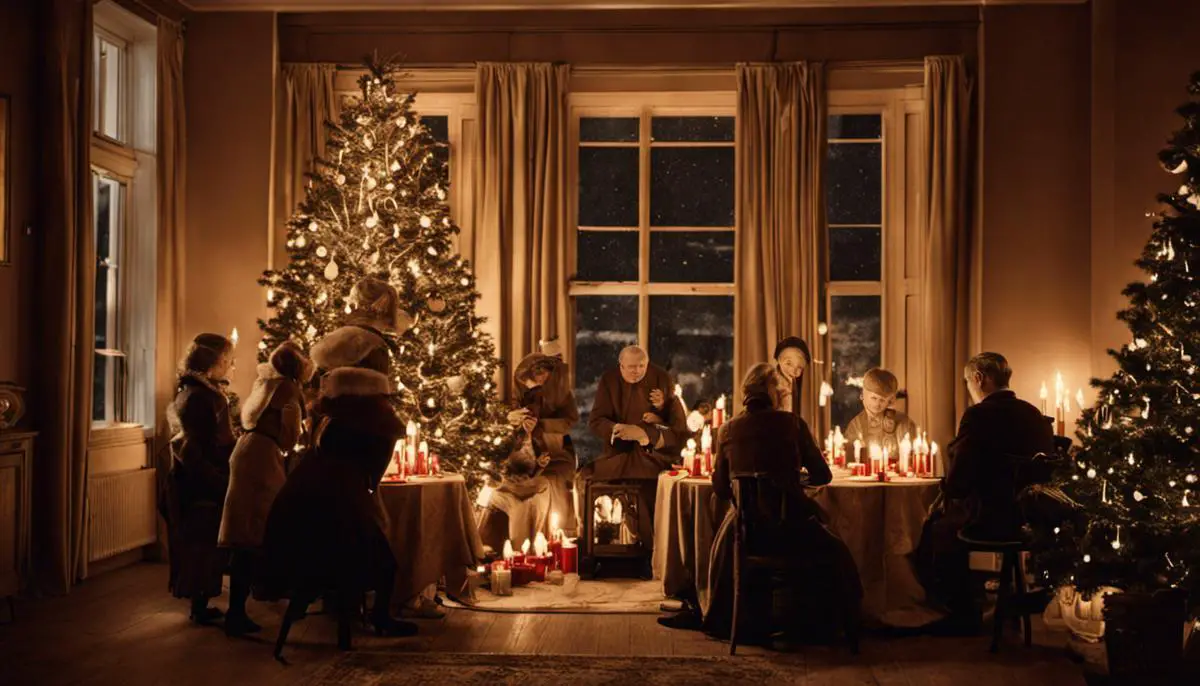
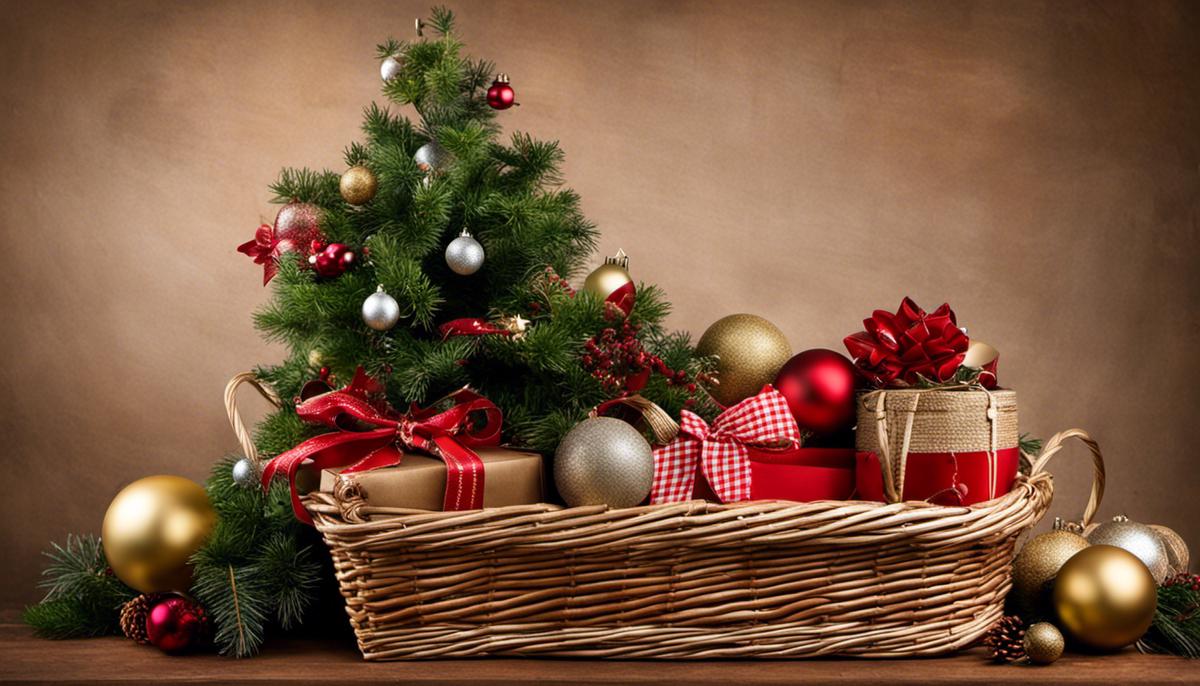
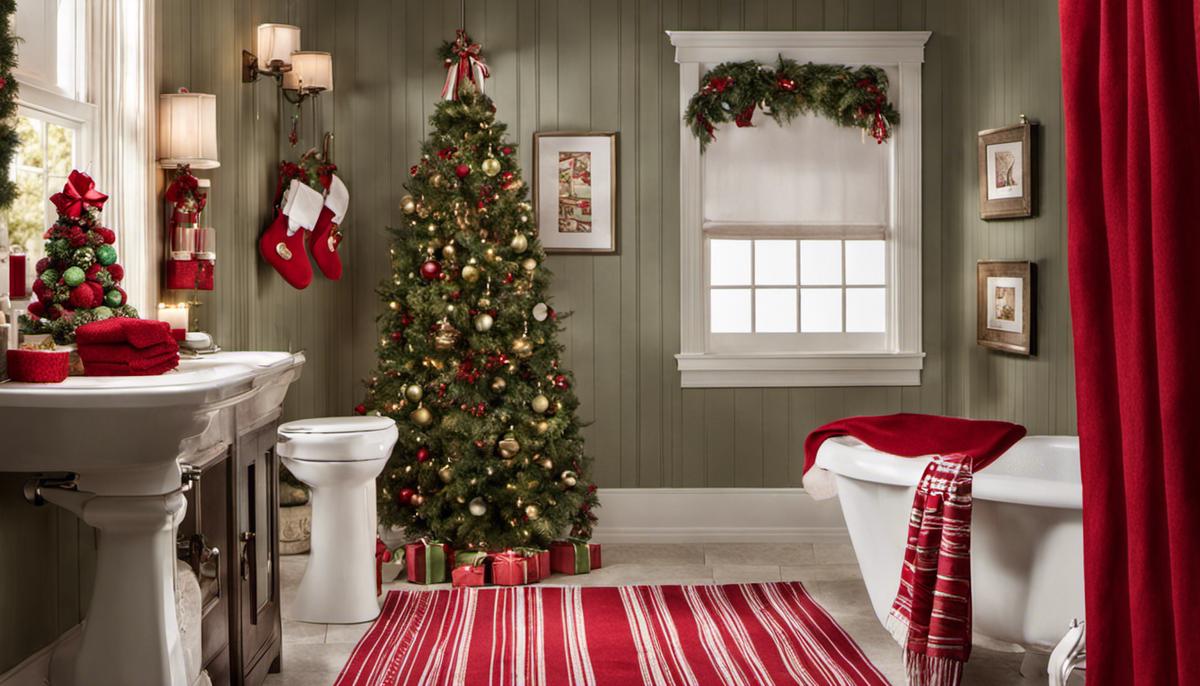

Leave a Reply